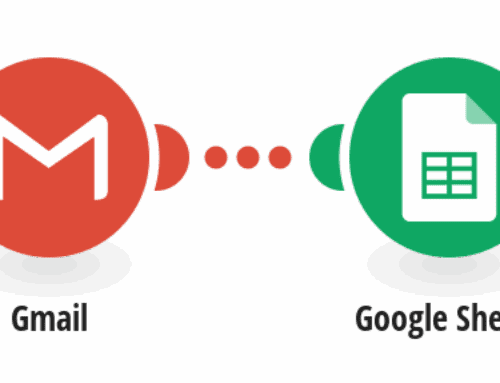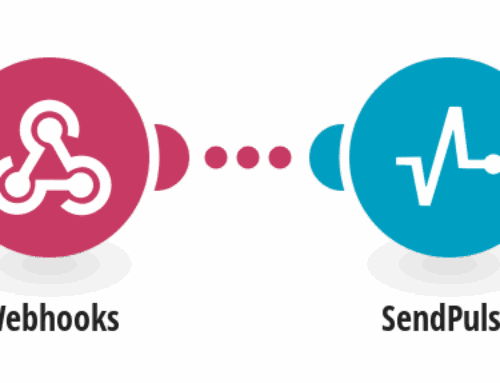Secure Your Conversations: Encrypting Messages in Mattermost
Introduction to Mattermost and Its Importance
Mattermost is an open-source platform designed for communication within teams, offering a robust alternative to mainstream options like Slack. It combines the ease of use with strong privacy controls, making it a preferred choice for businesses that value security and control over their data.
In today’s digital age, ensuring the confidentiality of communications is paramount. As more organizations transition to remote work, platforms like Mattermost provide a space where team discussions can happen safely. However, merely using a secure platform isn’t enough; understanding and implementing encryption can further shield your sensitive information from prying eyes.
Why Encryption Matters in Team Communication
The concept of encryption might seem complex, but it’s essentially about transforming data into a form that only authorized parties can interpret. Think of it like sending a letter in a locked box, where only the recipient has the key. This is crucial in a collaborative environment where confidential business strategies and client data are frequently exchanged.
Without encryption, anyone who gains access to your network can potentially view your messages, putting your organization’s integrity at risk. Encrypting messages in Mattermost adds a layer of security, ensuring that even if data is intercepted, it remains unreadable to unauthorized individuals. This move not only safeguards private discussions but also upholds the trust of clients and stakeholders.
Understanding the Encryption Process in Mattermost
Encryption in Mattermost isn’t as daunting as it sounds. Essentially, it’s about converting readable text into a coded format, utilizing algorithms that require a specific key for decryption. In practice, this means your messages transform into gibberish for outside viewers while remaining accessible to intended recipients.
This process relies heavily on cryptographic protocols — systems that establish secure communication methods. By deploying these protocols within Mattermost, you ensure that the exchange of information is both confidential and verifiable, enhancing the security posture of your communications.
Steps to Implement Encryption in Mattermost
Getting started with encryption in Mattermost involves a few straightforward steps. First, familiarize yourself with the encryption options available on the platform. You may choose between built-in tools and third-party applications that integrate seamlessly with Mattermost to enhance its security features.
Once you’ve selected the appropriate tools, configure them according to your organization’s needs. This typically involves setting up encryption keys and defining user access controls. It’s vital to regularly update these settings to adapt to evolving security threats and maintain a robust defense against potential breaches.
Choosing the Right Tools for Encryption
With many tools available for encrypting messages, selecting the right one can be tricky. Some users may opt for Make.com’s template, which offers a straightforward approach to encrypting messages exchanged in Mattermost. This plugin streamlines the encryption process, making it accessible even for non-technical team members.
Alternatively, you might consider other software solutions that offer additional features like end-to-end encryption or built-in auditing capabilities. The key is to assess your team’s specific needs and opt for a tool that provides both security and ease of use, ensuring that the encryption process doesn’t disrupt daily workflows.
Addressing Security Concerns and FAQs
When it comes to security, naturally, questions abound. One common concern is whether encryption impacts performance. While some believe that adding extra security layers can slow down operations, most modern tools are designed with efficiency in mind, minimizing any noticeable lag.
Teams might also wonder about compatibility issues. Fortunately, most encryption tools are built to integrate smoothly with Mattermost, allowing for seamless functionality across devices and platforms. Ensuring your entire team is informed and trained on using these tools can mitigate concerns and promote confident usage.
Maintaining Security and Regular Audits
Implementing encryption is not a set-it-and-forget-it task. Like maintaining a well-oiled machine, regular audits of your security measures are essential. These audits help identify vulnerabilities and ensure that encryption protocols are updated to counteract new threats.
Encourage your IT team or security personnel to perform these checks routinely. In addition to audits, staying informed about the latest security trends and updates ensures that you’re always a step ahead of potential cyber threats.
Conclusion: Fortifying Your Communications
Encrypting messages in Mattermost is a proactive step towards safeguarding your team’s communications. In an era where data breaches and cyberattacks are frequent, prioritizing encryption is more than just a technical upgrade – it’s a commitment to security and privacy. By adopting these practices, you’re not just protecting data but reinforcing trust with your clients and team members.
FAQs about Encrypting Messages in Mattermost
- Is encryption mandatory for all Mattermost users?
No, encryption isn’t mandatory, but it’s highly recommended for organizations handling sensitive information to ensure privacy and data protection.
- Can encrypted messages be decrypted by unauthorized users?
No, encrypted messages can only be decrypted by individuals possessing the specific decryption key, keeping unauthorized access at bay.
- Does encryption affect the speed of communication?
Modern encryption tools are optimized to minimize any performance impact, so users generally experience negligible delays.
- How often should we update our encryption protocols?
It’s advisable to review and update encryption protocols regularly, possibly every few months, to tackle emerging security threats.
- What happens if we lose the encryption key?
Losing an encryption key can make messages inaccessible; therefore, always ensure that keys are securely stored and managed.









